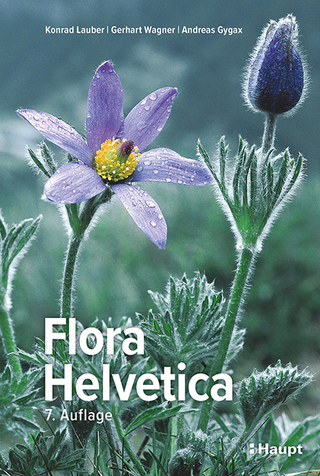
Agrobacterium Protocols
Humana Press Inc. (Verlag)
978-1-61737-628-3 (ISBN)
AGROBACTERIUM HANDLING.- Culture and Maintenance of Agrobacterium Strains.- Binary Vectors and Super-binary Vectors.- Three Methods for the Introduction of Foreign DNA into Agrobacterium.- Integration of Genes into the Chromosome of Agrobacterium tumefaciens C58.- Nucleic Acid Extraction from Agrobacterium Strains.- Agrobacterium Virulence Gene Induction.- Model Plants.- Arabidopsis thaliana Floral Dip Transformation Method.- Agrobacterium Transformation of Arabidopsis thaliana Roots.- Medicago truncatula Transformation Using Leaf Explants.- Medicago truncatula Transformation Using Cotyledon Explants.- Medicago truncatula Transformation Using Root Explants.- Nicotiana (Nicotiana tobaccum, Nicotiana benthamiana).- Generation of Composite Plants Using Agrobacterium rhizogenes.- Cereal Crops.- Barley (Hordeum vulgare L.).- Maize (Zea mays L.).- Indica Rice (Oryza sativa, BR29 and IR64).- Japonica Rice Varieties (Oryza sativa, Nipponbare, and Others).- Rye (Secale cereale L.).- Sorghum (Sorghum bicolor L.).- Wheat (Triticum aestivum L.).- Industrial Plants.- Canola (Brassica napus L.).- Cotton (Gossypium hirsutum L.).- Indian Mustard [Brassica juncea (L.) Czern.].- Sunflower (Helianthus annuus L.).- Legume Plants.- Alfalfa (Medicago sativa L.).- Chickpea (Cicer arietinum L.).- Clovers (Trifolium spp.).- Peas (Pisum sativum L.).- Peanut (Arachis hypogaea L.).- Pigeonpea (Cajanus cajn (L.) Millsp.).- Red Clover (Trifolium pratense).- Soybean (Glycine max) Transformation Using Mature Cotyledonary Node Explants.- Soybean (Glycine max) Transformation Using Immature Cotyledon Explants.- Tepary Bean (Phaseolus acutifolius).- Vegetable Plants.- Brassica oleracea.- Cucumber (Cucumis sativus L.).- Eggplant (Solanum melongena L.).- Lettuce (Lactuca sativa L.).- Tomato (Lycopersicum esculentum).
| Erscheint lt. Verlag | 9.12.2010 |
|---|---|
| Reihe/Serie | Methods in Molecular Biology ; 343 |
| Zusatzinfo | 6 Illustrations, color; 83 Illustrations, black and white; XXII, 484 p. 89 illus., 6 illus. in color. |
| Verlagsort | Totowa, NJ |
| Sprache | englisch |
| Maße | 152 x 229 mm |
| Themenwelt | Naturwissenschaften ► Biologie ► Botanik |
| ISBN-10 | 1-61737-628-0 / 1617376280 |
| ISBN-13 | 978-1-61737-628-3 / 9781617376283 |
| Zustand | Neuware |
| Haben Sie eine Frage zum Produkt? |
aus dem Bereich


